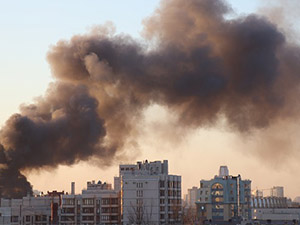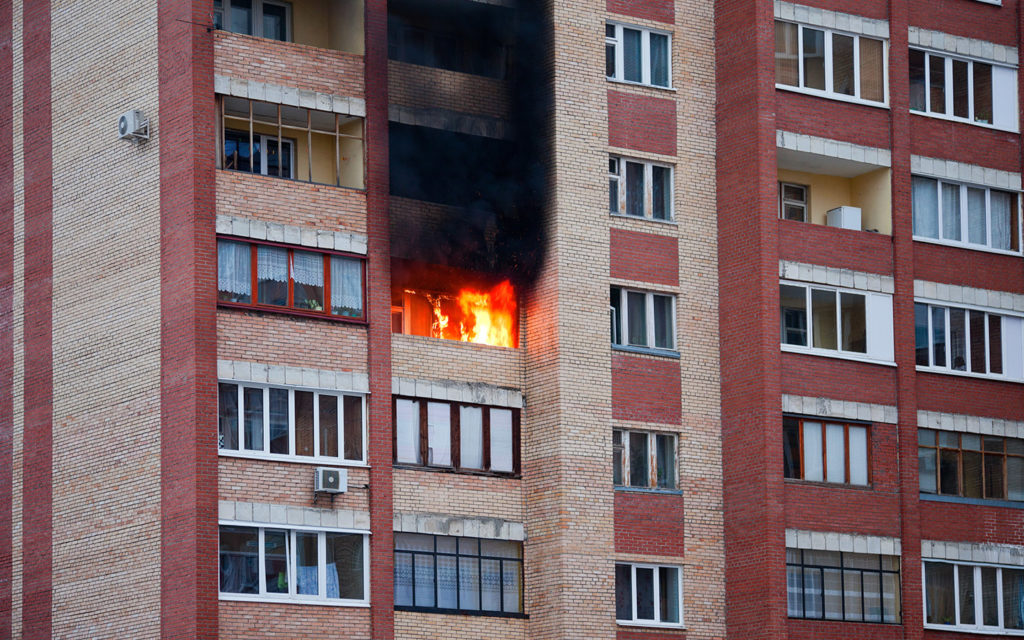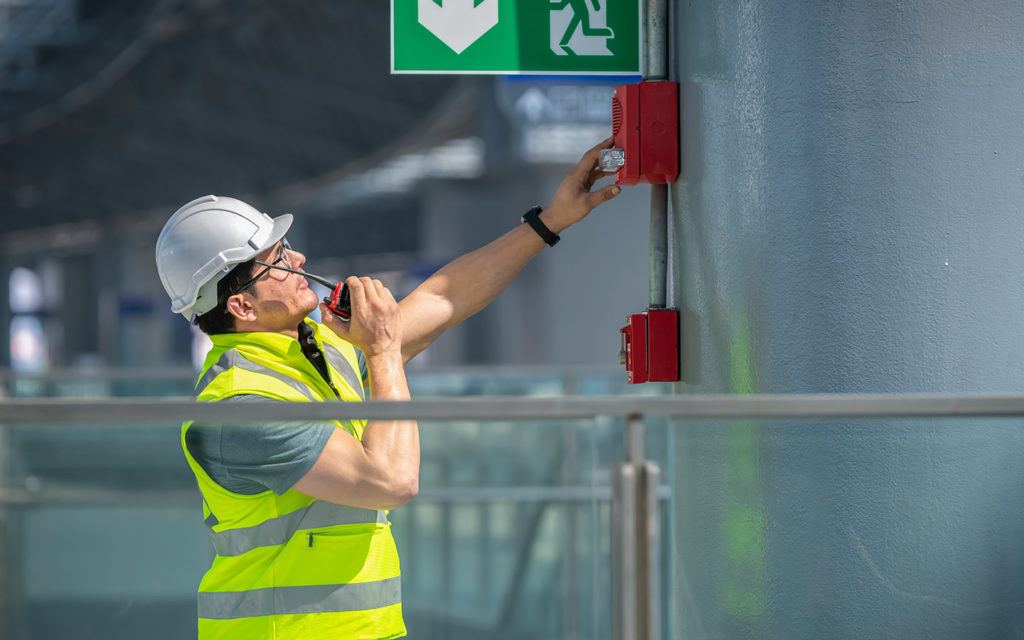
The introduction of the Building Safety Act 2022 is an overhaul of current regulations, creating a new framework designed to improve compliance to ensure residential buildings are designed, constructed and maintained for safety.
This applies to ‘higher risk’ buildings with the following criteria:
– at least 18m or 7 storeys in height
– at least 2 residential units
– care homes and hospitals with the same height threshold
The Act has been created to ensure proportionate steps are taken to deal with building safety risks through prevention, control, mitigation and ongoing management throughout the lifecycle of a building in order to limit fatalities & casualties, property damage, and other associated costs.
From the outset a building must be designed and constructed for safety, the safety of the building users and those around it, and the standard of the building itself.
Building safety duties are imposed on everyone involved in the design & construction of a building and each individual must be competent to do their job properly, and in compliance with Building Regulations.
The Golden Thread of Information also starts at the earliest stage in the planning process – which requires a comprehensive digital record of the building to demonstrate this compliance to Building Regulations.
Design & construction companies should see reduced time and costs by getting things right first time, thereby improving their efficiency; their workers will benefit from a more transparent operating environment.

Upon receipt of a building, the new building owner should receive the ‘as-built’ record at handover. Due to the requirements of the Golden Thread this should be in digital format and contain detailed knowledge of the building.
There are new requirements for building owners to assess and manage safety risks, with greater clarity on their responsibilities for managing safety, particularly within higher risk buildings.
The Building Safety Act 2022 now requires a ‘Responsible Person’ or persons, the dutyholder(s) with overall responsibility for safety during its occupation and maintenance. These dutyholders must be able to demonstrate they have effective measures in place to manage the safety of the building to deliver a safe environment for its residents.
Such measures include the Golden Thread of Information, more frequent and more detailed inspections as well as evidence around these assessments, and mandatory reporting requirements. There is also a responsibility to engage with residents about the safety of their building.
Under the new Building Safety Act 2022 residents now have more say in the management of their buildings. Following the Grenfell Tower fire, it was reported that the local community had raised previous concerns about potential fire hazards but that they felt these concerns were simply ignored.
Residents will now have greater clarity on who is responsible and accountable, and will be able to request further information regarding safety inspections to assure their confidence.
The Responsible Person also has a duty to ensure residents are kept up to date, and if residents do have any concerns there are clearer paths to report them directly to building owners/managers.

The principles underlying the Building Safety Act include:
– a more proactive approach to managing safety risk
– a comprehensive digital record throughout the lifecycle of a building
– ease of access and transparency of data for all parties involved.
If you’re considering adopting digital processes and record keeping we’d be happy to talk this through with you, please call us on 03300 414880.
*For more information on the Building Safety Act 2022 click here